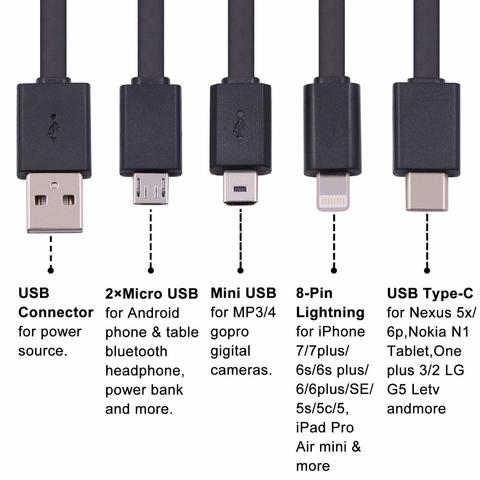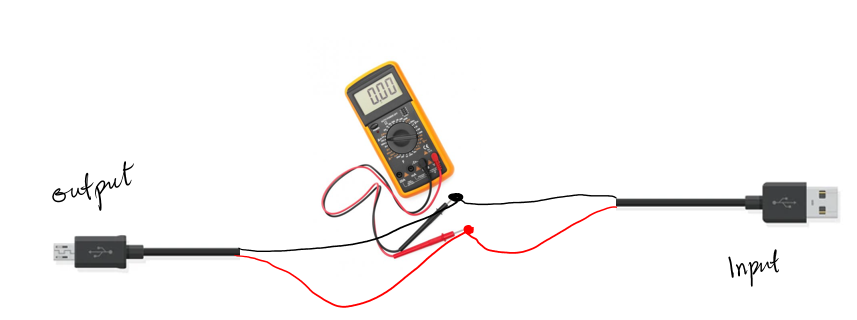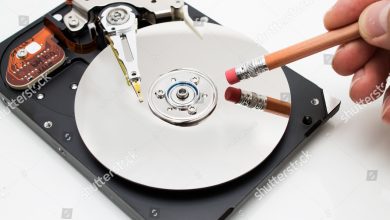How to check the power, current, and voltage of USB ports

How to Check the Power, Current, and Voltage of USB Ports
Understanding the power output of USB ports is essential. It helps you avoid damaging your devices. USB ports provide specific levels of current and voltage. Checking these values ensures safe and efficient charging or operation.
Why Check USB Power Details?
USB ports power many devices, from smartphones to external drives. However, overloading a port can cause failures. Checking the power, current, and voltage helps you know if the port meets your device’s needs.
Ways to Check USB Power
There are various methods to check USB power. Some involve software tools. Others require hardware devices. Let’s explore both options.

Using Software Tools
Software tools are convenient and easy to use. They provide detailed information about USB ports. Here are some popular options:
Windows Device Manager
- Open Device Manager by pressing Windows + X and selecting it.
- Expand the Universal Serial Bus Controllers section.
- Right-click on a USB device and choose Properties.
- Go to the Details tab.
- Select Power Data from the dropdown.
This method shows the power output of your USB ports.
Third-Party Applications
Some apps offer more advanced features. USBDeview is one such tool. It displays details about connected USB devices, including power information.
- Download and install USBDeview.
- Run the program.
- View the power, current, and voltage details for each USB port.
These tools are user-friendly and effective.
Using Hardware Devices
Hardware testers give precise readings. These are small gadgets that plug into USB ports. They display voltage, current, and power output.
USB Power Meters
USB power meters are affordable and reliable. Simply connect one to a USB port. The display will show the voltage and current in real time.
Digital Multimeters
For more detailed measurements, use a digital multimeter. It requires basic knowledge of electrical testing.
- Set the multimeter to measure voltage or current.
- Connect the probes to the USB port.
- Read the values on the display.
Though slightly technical, this method is accurate.
Tips for Accurate Measurements
- Use trusted software or hardware tools.
- Ensure the USB port is active and connected to a device.
- Compare readings with your device’s specifications.
USB Standards and Power Output
USB ports follow specific standards. Each type supports different power levels:
- USB 2.0: 5V, up to 500mA (2.5W)
- USB 3.0 and 3.1: 5V, up to 900mA (4.5W)
- USB-C: Up to 20V, 5A (100W)
Understanding these standards helps you determine compatibility.
Common USB Port Issues
Sometimes, USB ports may not deliver expected power. Common problems include:
- Loose connections
- Faulty cables
- Overloaded ports
Checking power, current, and voltage helps diagnose these issues.

Protecting Your Devices
Always use the correct USB port for your device. Overloading can damage both the port and the device. Regularly check USB power to prevent problems.
Practical Scenarios
Knowing USB power details is useful in many cases. For instance, you can:
- Confirm fast charging for smartphones.
- Ensure external hard drives receive enough power.
- Troubleshoot devices not working with USB hubs.
Conclusion
Checking the power, current, and voltage of USB ports is simple. Whether you use software or hardware tools, it provides valuable insights. This habit protects your devices and ensures efficient performance.




